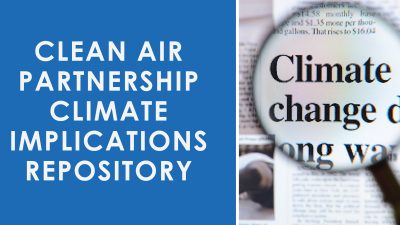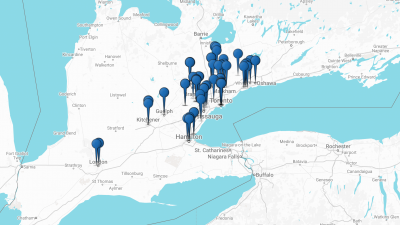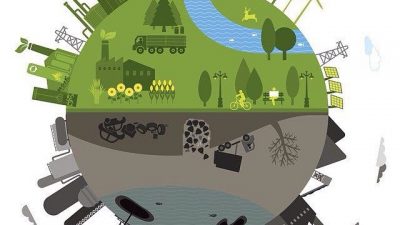About the Tool
The Municipal Climate Lens Tool was developed by Clean Air Partnership in conjunction with Ontario municipalities. It is designed to provide a preliminary, qualitative understanding of whether a municipal decision will affect climate (through the production of greenhouse gases) or be affected by climate (through increased exposure to temperature or precipitation).
Who should use it?
The Tool is designed to be used by all staff in a municipality. It is designed to be broadly applicable to any decision. For staff unfamiliar with climate change concepts, a range of informational resources are supplied here. Additionally, please contact your climate/energy staff where they exist. Municipalities must decide the scope of decisions it should be applied to and how to enforce its use.
How does it work?
This is a web-based survey tool that is free to use and should take no more than 3 minutes to complete. For every decision, basic decision information is entered, then a series of questions are asked relating to how the decision can affect (or be affected by) climate. The tool examines how a decision could produce scope 1 and 2 emissions, and how it could be affected by extreme temperature and precipitation. High level results are provided both on-screen, and by email.
Why is this needed?
Municipalities across Canada are declaring climate emergencies. A key component of these declarations is the inclusion of climate considerations in municipal decision making. This tool provides a mechanism to analyze the relationship between a municipal decision and climate change. It does not provide a detailed quantitative evaluation of a decision. Rather, it provides high-level probabilities designed to foster multi-departmental dialogue regarding how to incorporate climate change considerations into decision making.
What are my next steps?
Municipalities have identified the need to bring climate change into all municipal decisions. One mechanism being advanced by municipalities to do so is bringing climate change implications into municipal council reports. Climate implications sections in the report speak to how these decisions affect climate (ex., GHG emissions) or how they get affected by climate (ex., vulnerabilities to extreme weather or flood risk). Check out the Climate Implications Repository to understand how municipal decisions are impacting climate change.
Will the tool be improved over time?
Yes. It is our intention to improve the tool. We hope to further develop its capabilities to provide more quantitative analysis, and to broaden its scope of application to include scope 3 emissions other adaptation areas (such as wind, fire or fluvial flooding).
Where can I get additional information?
We encourage users to reach out to climate/energy staff within their municipalities for initial guidance. If your municipality does not have such staff, contact Kevin Behan, [email protected] for additional information.













